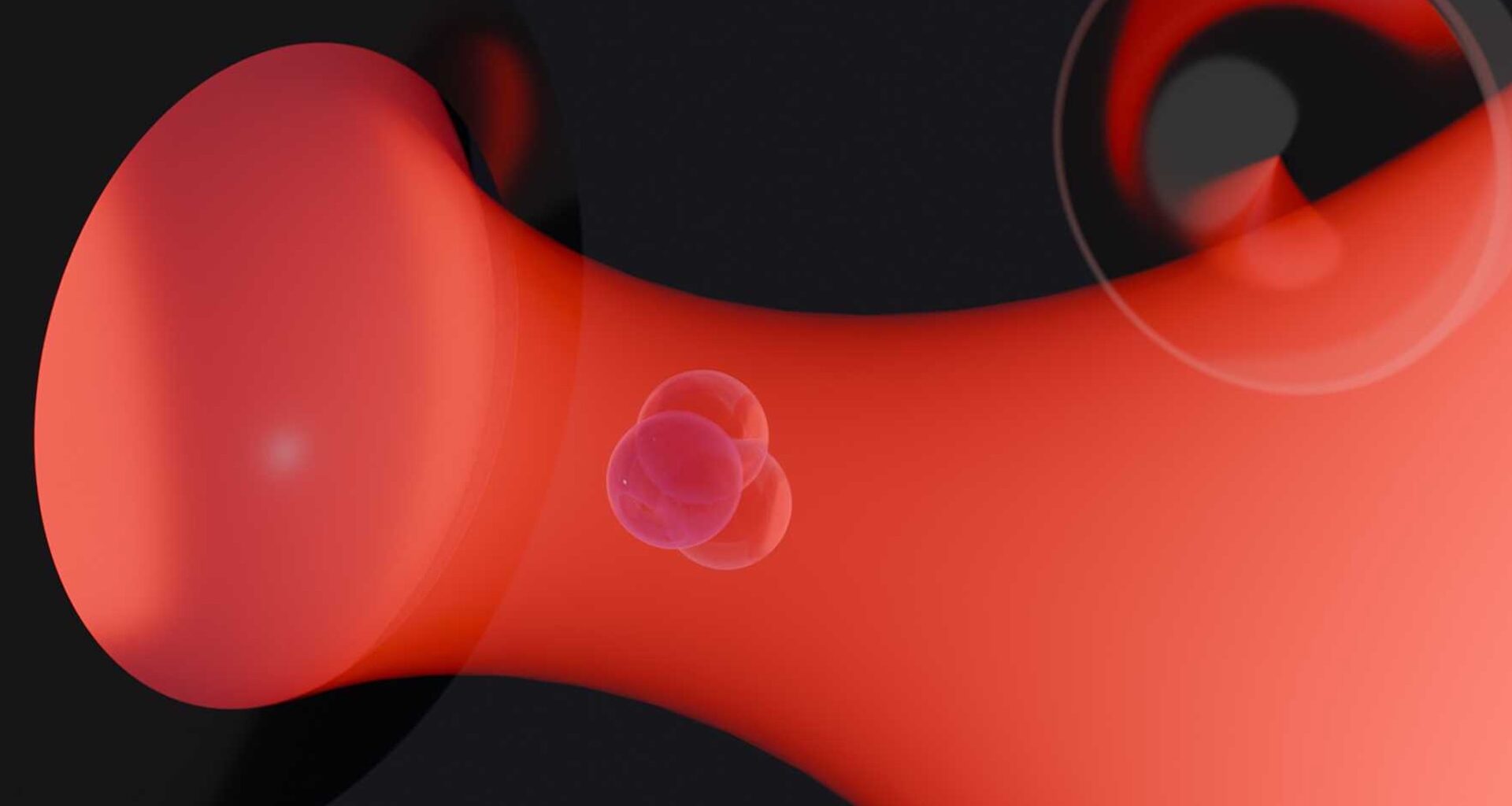A team of researchers from ETH Zurich has reached an impressive milestone in quantum physics by levitating a cluster of three nano-glass spheres, composed of 300 million atoms.
The spheres, each ten times smaller than a human hair, were lifted using an optical device and laser beams.
During the team’s experiments, the tower-like cluster of spheres was held nearly motionless, marking a potentially significant step for quantum sensor development.
The findings, led by adjunct professor of photonics Martin Frimmer, were published in the journal Nature Physics.
A quantum levitation experiment
The experiments could aid in the development of sensitive quantum sensors. These, in turn, would help to advance real-world technologies, including navigation systems and medical imaging devices.
The team employed an optical tweezer to effectively neutralize gravity in their experiments. To do so, they focused a polarized laser light in a vacuum to stabilize the nano-cluster.
Still, the cluster exhibited a subtle trembling motion while it was held in place. Physicists call this zero-point fluctuation, a quantum phenomenon where no object can remain completely still.
The cluster oscillated at one million deflections per second. Each oscillation was measured at a mere thousandth of a degree.
“According to quantum mechanics, no object can ever be perfectly still,” Lorenzo Dania, the study’s first author and a postdoc in Frimmer’s group, explained in a press statement. “The larger the object, the harder it is to observe these fluctuations.”
The ETH team set multiple records with their experiment. They achieved unprecedented precision in detecting these tiny quantum movements in an object of this size. The nano-cluster was composed of hundreds of millions of atoms, which is very large in the world of quantum mechanics.
By suppressing any disturbances that originate from classical physics, they attributed 92 percent of the cluster’s motion to quantum effects, achieving a high level of quantum purity.
Notably, this was also accomplished at room temperature, eliminating the need for costly cooling to near absolute zero (-273°C), a standard requirement in most quantum research.
Research could enable ‘transformative quantum technologies’
Frimmer likened the team’s achievement to building a vehicle that carries more cargo while using less fuel. The experiment’s success at room temperature and its cost-effective approach make it a promising platform for future quantum technologies.
According to the team, their focus on larger systems, rather than single atoms, could revolutionize fields including navigation and medical imaging.
Their methodology could also be utilized to detect tiny forces from gas molecules or particles, helping in dark matter research. “This is a perfect start for further research that could lead to transformative quantum technologies,” Frimmer said.

